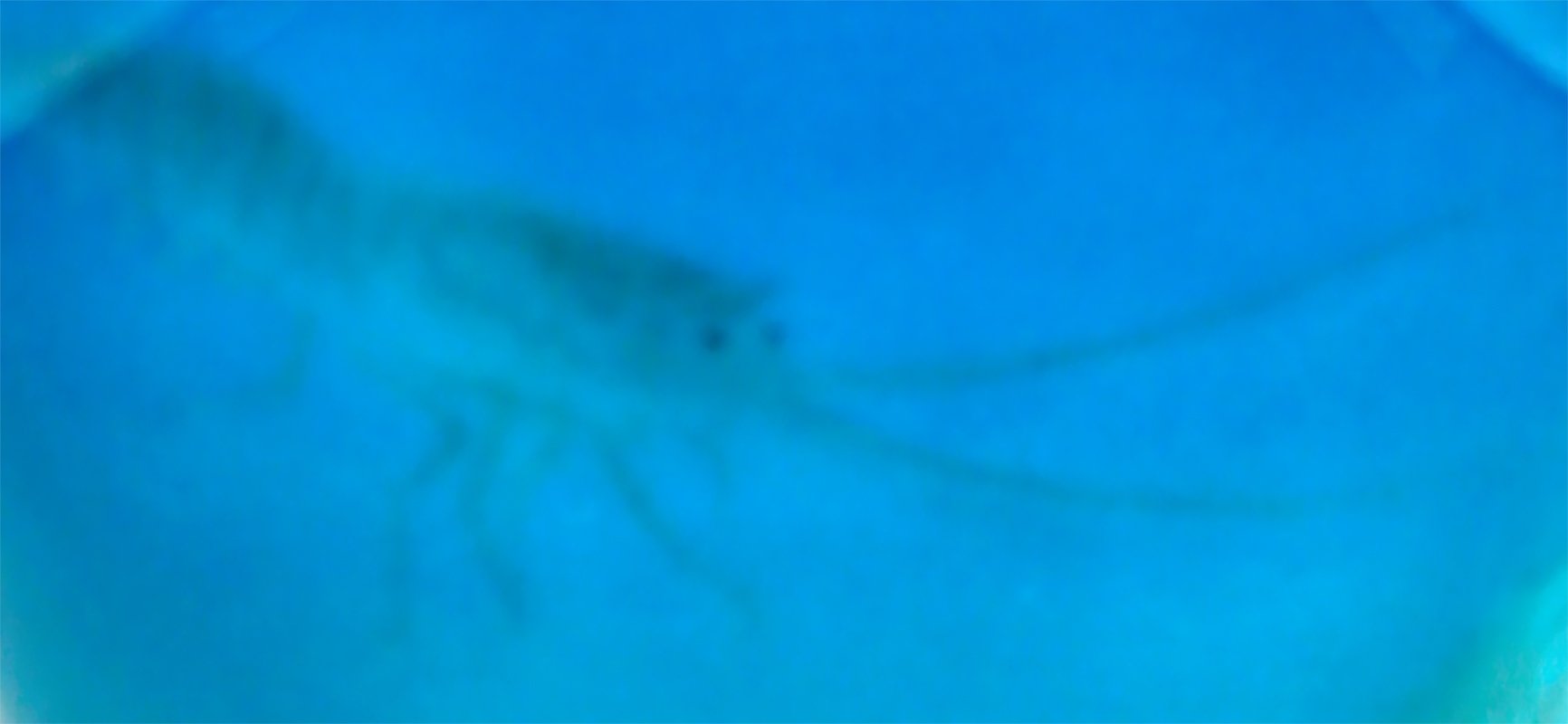MEIJI-TAISHO
HAYAKAWA YOHITARO FOR ANDO JUBEI, UNDERSEA ENAMEL VASE
Vase in a baluster form ornamented on the sides with an undersea scene of an ebi or Japanese rock lobster atop mounded corals and on the reverse with a swimming prawn above a coral-covered seafloor. Of cloisonné enamels executed in gold wire, low moriage relief, and musen or wireless techniques, the mounts of applied silver. Signed on the reverse in gold wire: Ando and with the Ando mark in gold wire (Ando Jubei, 1876 – 1953). By Hayakawa Yoshitaro working for Ando Jubei. With the original rosewood stand carved in sukashi pierce-work with a stylized water motif. Late Meiji – early Taisho era, circa 1910 – 1920.
With the tomobako or original box, inscribed on the exterior of the lid: Kinsen Shippo Ebi no Kabin or Gold Wired Cloisonné Enamel Rock Lobster (motif) Vase; and signed: Oju Jubei Saku or Commissioned and Made by Jubei, and sealed: Ando Kinsei or Finely Made by Ando. The box with the original pale green cording favored for presentation gifts by the Imperial Household Agency.
Ando Jubei created some of the finest enamels ever made. His role in the process was closer to that of an art director than that of artist or craftsman. In this, he was little different than many of the famous names associated with the production of Meiji period art, whether in the medium of enamels, metalwork, or even ceramics. Complex enamels such as this required the collaborative efforts of many specialists. Sometimes the designs themselves were commissioned from professional Nihonga painters. For example, Watanabe Shotei provided many of the drawings for the Tokyo enameller Namikawa Sosuke. A hammering specialist would create the metal body and fashion the rims. Other specialists affixed the fine wires which held the glass powders. Another craftsmen specialized in the ground glass itself, while yet another would oversee the critical firing of the work in the kiln. This was such a difficult process that for Imperial commissions and the highest level pieces such as this, it was common for several to be made at once. Too often one or more would be badly damaged in the kiln, and failure to deliver an order from the Imperial Household Agency or a princely commission was unthinkable.
While Ando Jubei made enamels in different grades and price ranges, what he made as a supplier to the court was uniformly of extraordinary quality. These were often intended to be given as presentation gifts from the Emperor or Empress to important individuals and dignitaries on special occasions. The tradition of gift giving in Japan encouraged the rich government-sponsored patronage of the arts that lasted until the Pacific War. This continued afterwards on a more modest scale with the occasional purchase of exhibition pieces by government ministries.
For another example of work by Hayakawa Yoshitaro working for Ando Jubei, c.f. the Walters Art Museum catalogue Japanese Cloisonné Enamels: The Stephen W. Fisher Collection, pages 42 – 43. According to Robert Mintz, the curator at the Walters, identification of the particular enameller working for Ando Jubei on the Walters vase was made by personal communication with the Ando Company. The catalogue for the Panama-Pacific International Exposition held in San Francisco in 1915 records that Hayakawa Yoshitaro won a Gold Medal for an incense burner he exhibited in the exposition.
The signature style on this vase (with Ando written in gold-wired characters in addition to the standard marking), the personal signature of Ando Jubei on the box, his use of the word Oju to reflect his participation directly in the vase’s commission (from we surmise the Imperial Household Agency), and the use of the seal: Ando Kinsei all reflect the most rarified levels of quality and patronage.
The Walters vase uses an identical profile, with an everted and enameled lip, and also portrays an underwater scene of tropical butterfly fish and corals. Both vases employ gold wire, low moriage relief, and wireless techniques. On both the corals seem to emerge from the cloudiness of the deeps, with the lobster and butterfly fish brilliantly colored and glowing with gold in the foreground. The water shades masterfully from deep turquoise to a paler green-blue as it deepens towards the base, setting off the lobster motif dramatically. On the reverse the prawn pales in the distance as it swims into the depths.
Hayakawa Yohitaro for Ando Jubei, Undersea Enamel Vase
Artist Name: Ando Jubei, Hayakawa Yohitaro
Period: Meiji Taisho
Mediums: Enamel & Glass
Origin Country: Japan
12 1/8” high x 8 1/8” diameter, dimensions of vase without stand
This piece is no longer available.


